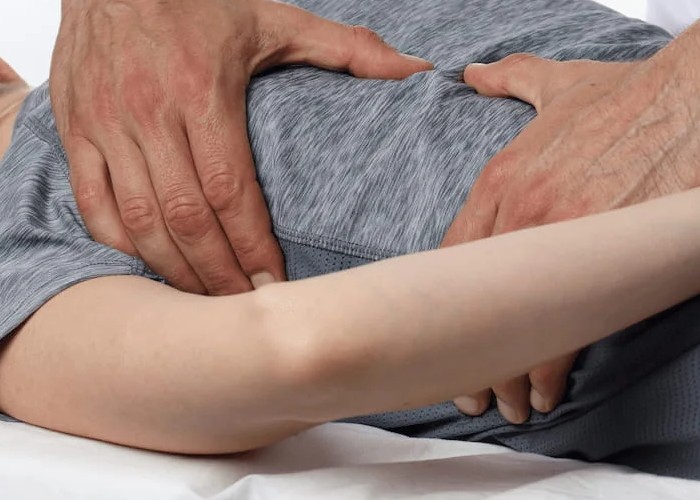Postural Deviations
Signs and Symptoms
Postural distortions reflect the body’s attempt to regain
balance and symmetry. If left uncorrected, these imbalances may contribute to altered biomechanics, chronic pain, and long-term dysfunction. In addition, poor posture can influence how we move, how we feel, and negatively affect our self-esteem.
Postural distortions are commonly seen as:
- Shoulders not level
- Hips, pelvis not level or twisted
- One foot or both feet turned in (pigeon-toed) or out
- Pes planus (flat feet)
- Pes cavus (high arches)
- Ankle pronation
- Genu valgus (knock knees)
- Genu varus (bow legs)
- Knee hyper-extension (backward curve)
- Scoliosis C-curve or S-curve
- Hypolordosis = decreased lumbar or cervical spine curve (military neck)
- Hyperlordosis = excessive lumbar or cervical spine curve
- Kyphosis = exaggerated thoracic spine curve (round-shouldered)
- Gluteal folds uneven
- One or both shoulders roll forward or backward
- One scapula higher or more protruding than the other
- Hands rotated forward or backward
- Ears not level / head tilted
- Forward head position
- Head level but rotated
Causes
The potential causes of postural distortions are varied and often complex. The human body functions as a finely tuned system, and even minor issues— such as collapsed foot arches or or uneven hip alignment—can disrupt its
structural symmetry.
Chiropractic / Applied Kinesiology Approach to Postural Distortions
Chiropractic and Applied Kinesiology rely on the understanding that body language doesn’t lie—it offers honest, real-time insights into a patient’s health. As holistic disciplines, they take into account the entire state of the
individual when identifying the root causes of postural distortions.
Dr. Morrison evaluates posture to uncover muscular imbalances and
compensatory patterns. As care progresses, posture is monitored regularly to evaluate how the body is responding. With improved alignment, patients often feel more energized, experience greater well-being, and confidence in
movement.



